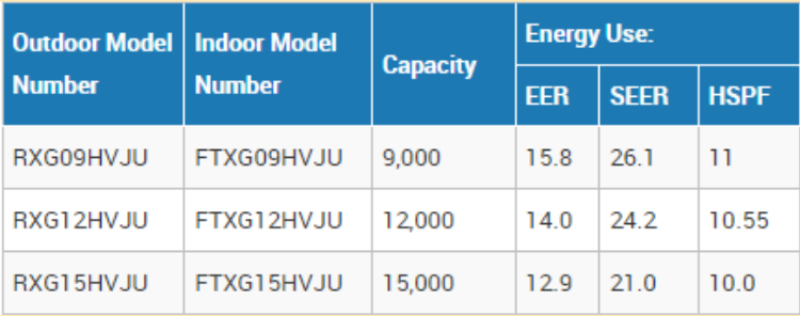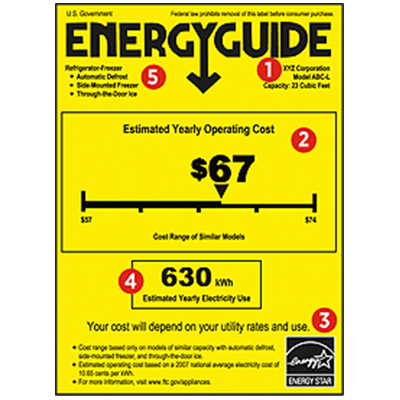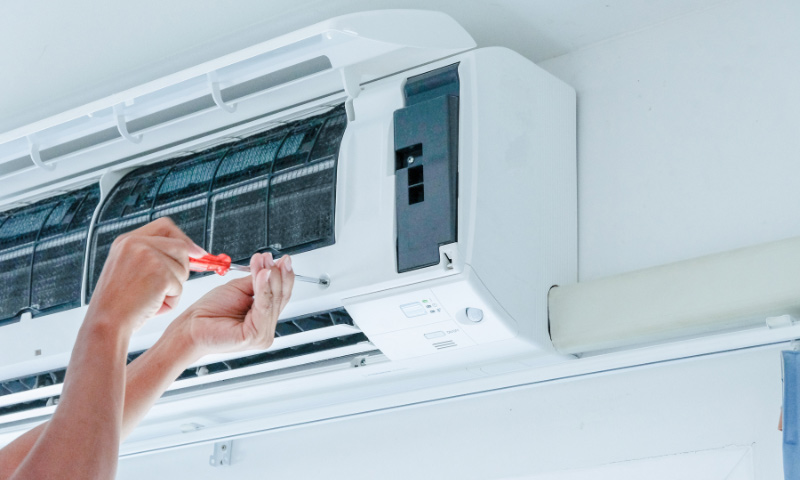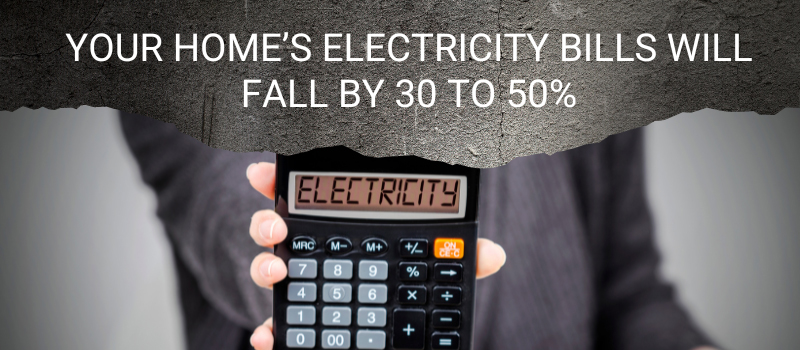Written by Industrial Stores Staff 02/08/23

Your air conditioner has served you faithfully over the years. It cools your home during uncomfortably hot summers and helps you enjoy quality sleep at the right temperature.
It filters out mold, pollen, and other pollutants from your home, saving your family from respiratory infections.
But, as your air conditioner ages, it becomes less capable of performing these duties. Many of its parts break down and cause the system to make a buzzing or rattling noise.
Installing a new energy-efficient air conditioner will lower the cooling costs in your home, helping you save on energy bills each month.
Today you’ll discover:
How to identify energy-saving air conditioners
How much it costs to buy and install a new air conditioner
Which air conditioner refrigerants are safe for the environment
No matter how faithful your air conditioner has been over the years, if it’s more than 10 years old, you should consider replacing it for the following reasons:
1 - You’re Paying High Energy Bills

Your old air conditioner consumes 30 to 50% more energy than a new model, causing you to pay higher energy bills every month.
Worn-out parts, like compressors, result in high energy consumption as they become inefficient with age.
A compressor is the “heart” of an AC unit. It moves the refrigerant between the condenser and evaporator and ensures that evaporation and condensation of the refrigerant occur when needed.
Old air conditioners have a one-stage compressor that runs full blast and isn’t as efficient in conserving energy.
New air conditioner models have a two-stage scroll compressor that operates at two capacities:
Medium capacity: Used when moderate cooling is needed and works 80% of the time
High capacity: Used when the weather is extremely hot and works 20% of the time
A two-stage compressor uses less energy because it mainly operates at medium capacity, which uses less energy than a one-stage compressor operating at full blast.
Two-stage compressors also don’t shut on and off as often as one-stage compressors, so the number of cooling cycles is reduced, saving more energy.
Air conditioner models are rated based on their seasonal energy efficiency ratio (SEER), the energy required to give out a specific cooling unit.
SEER ratings in 1980s air conditioners were rated as low as 10, but today’s SEER ratings reach as much as 26.1, as shown in the example below.

A higher SEER rating implies that you’ll consume less electricity, meaning your utility bills will be lower each month.
In Canada, for instance, central air conditioners must have a SEER rating of 13 and above, a rule which became effective in 1995 as directed by the federal government’s Energy Efficiency Regulations.
In the US, on the other hand, residential central air conditioners must have a SEER rating of 14 and above. These standards are effective as of January 2023.
With the new standards, the Department of Energy (DOE) estimates that households using central air conditioners or heat pumps will save $2.5 billion to $12.2 billion within the 30 years following the implementation of these new standards.
Helpful features to look for when purchasing an energy-efficient model for your home include the ENERGY STAR or EnergyGuide labels.
The EnergyGuide label displays the SEER rating, while the ENERGY STAR label is the symbol of efficiency.
This is how the energy labels appear:


Say goodbye to high monthly energy bills. Get a new AC system with a high SEER rating and an energy label as proof of its energy efficiency.
2 - The Repairs Never Seem to End

When your house relies on an old air conditioner, you’ll have to deal with more repairs.
Every old air conditioner has its own symptoms, depending on the problems it displays. Some refuse to shut down or turn on and off every few minutes.
Others leak refrigerant no matter how often they’re repaired, causing the air conditioner to have a layer of ice on top.
Aside from these two issues, you’re likely to experience other consistent problems such as:
Loud noise caused by broken or loose parts
Musty smells caused by bacteria and fungal growth
Hot air caused by a clogged condensation line
Unbalanced temperature distribution
Short circuiting caused by faulty wiring
Old air conditioners continuously break down no matter how many times they’re repaired. If your system is old and you’ve lost count of the number of repairs it’s endured, it might be nearing the end of its life.
You might wonder, “Should I replace my old air conditioner or just replace the faulty parts?”
Replacing the entire unit is more economical. Otherwise, repair costs will pile up if you have to replace faulty parts one at a time. Furthermore, you’re not guaranteed that other parts won’t break down.
What about the cost? How much does it cost to replace an air conditioner?
The average cost of installing a central air conditioner is $3,400 to $7,275, but the final price depends on the AC size, SEER rating, and brand.
And there’s the icing on the cake. When you install energy-efficient central air conditioning with an ENERGY STAR label, you’re eligible for federal tax credit as of January 2023.
Once you’ve replaced your old air conditioner, you’ll be able to worry less about contracting health problems caused by fungi and bacteria lodged in your old air conditioner.
Some of these health problems include:
Legionnaires (a severe form of pneumonia)
Sore throat, nose, and eyes
Headaches and dizziness
Difficulty breathing
A new air conditioner also eliminates the risk of fire. The National Fire Protection Association reported that 13% of household electrical fires result from an electrical malfunction, as is common with old air conditioners.
3 - Your Old Air Conditioner Is Depleting the Ozone

Old air conditioners use R-22 refrigerant for cooling, which is harmful to the environment. R-22—a hydrochlorofluorocarbon—is a greenhouse gas that strips away the ozone layer when released into the air, causing climate change.
R-22, also known as Freon, has a global warming potential (GWP) of 1,810. That’s 2000 times more potent than carbon dioxide! That means a ton of carbon dioxide is as potent as just one pound of R-22.
The US Environmental Protection Agency (EPA) banned R-22 manufactures in the US in 2010. However, old AC systems are allowed to use its recycled version. That means if your AC is over 10 years old, it’s likely using R-22.
EPA doesn’t mandate that old units using R-22 be replaced now, but by January 1, 2030, all production and import of hydrofluorocarbons will cease. Meanwhile, you may have to deal with high R-22 prices as they become scarce by the day.
Though R-22 is still in use, there are other popular hydrofluorocarbons for new air conditioners in the US. They include:
R-410A
R-407C
R-134A
R-32
R-454B
The table below describes some of these refrigerants.
Most new air conditioners are designed to use R-410A. It has the following benefits:
More energy efficient than R-22
Non-flammable and non-corrosive
Withstands high pressures
As is evident by the information in this table, when you replace your old air conditioner, you’re also switching to a safe refrigerant that protects the ozone layer.

Enjoy Multiple Benefits with a New Air Conditioner
Your home’s electricity bills can fall by 30 to 50% when you install a new energy-efficient air conditioner.
Buzzing and rattling noise caused by worn-out parts will become history as your new system serves you noiselessly.
Your family will enjoy clean, fresh air without contracting respiratory infections caused by a moldy air conditioner.
More peace of mind? Yes. And no more worrying about whether your old air conditioner will overheat and catch fire or shut down in the middle of a hot summer.
Industrial Stores sells thousands of replacement parts for air conditioners and HVAC systems. Thousands of customers have saved money when buying from us.
We offer personalized customer care, and our services are second to none:
“ I just wanted to thank you for the extremely quick shipping. I will be a customer from now on.”
— Janet Wartschow
If you need help sourcing a product, our team is standing by to help you select the right one.
Share on Facebook: